There are 12 airports in Beijing, including one specialized airport, one semi-military airport, four military airports, four civil airports, and two large-scale international airports.
Beijing Daxing International Airport (IATA PKX; ICAO: ZBAD) is a large-scale civil airport built between the Daxing district of Beijing and the Guangyang District of Langfang, Hebei. The airport was built to share the passenger pressure of Beijing Capital International Airport. It’s estimated that the new airport will have a hundred million passenger throughput per year.
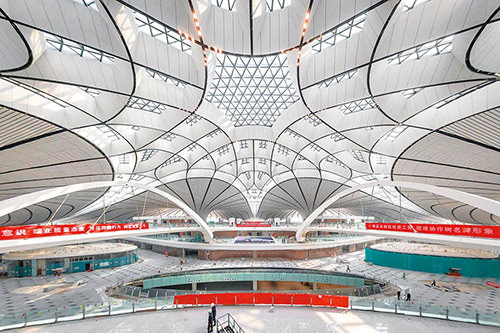
|
Options |
Price (Euro) |
Price (US$) |
Price (CNY) |
Length |
|
Taxi |
29 |
30.5 |
220 |
80min |
|
Bus |
5 |
5.5 |
40 |
90min |
|
Train |
3.8 |
4.2 |
30 |
20min |
|
Subway |
4.4 |
4.8 |
35 |
20min |
|
Private Transfer |
Check with us! |
80min |
||
Located in the Shunyi District of Beijing, Beijing Capital International Airport (ICAO: ZBAA; IATA: PEK) is the busiest international airport in China. It’s also an important window for China to get in contact with other countries.
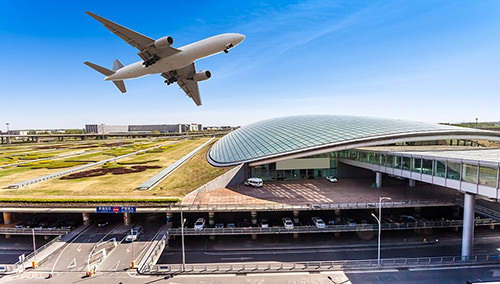
Located in the Fengtai District of Beijing, Beijing Nanyuan Airport (IATA: NAY, ICAO: ZBNY) was built in 1910, and it is the first airport in China. The airport was a semi-military airport and used to open exclusively to China United Airlines and China Eastern Airlines. With the completion of Daxing International Airport put into operation on Sep. 25, 2019, the Nanyuan Airport was closed the very same day.

Beijing Xijiao Airport is a dedicated airport for the Air Force of the Chinese People's Liberation Army. Located south of the Summer Palace, the airport is the oldest airport besides the Nanyuan airport. It belongs to the 34th Division of the Chinese Air Force and specializes in transferring the leaders of the Chinese government to and from Beijing. Sometimes, it's also used for other military purposes.
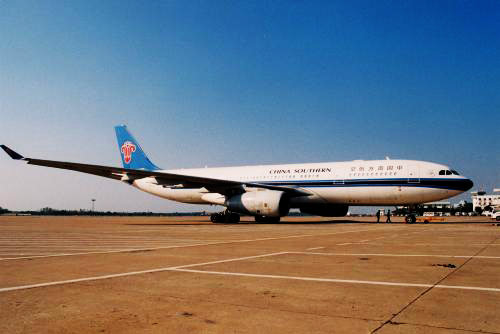
Other Military Airports: Shahe Airport, Tongxian Airport, Liangxiang Airport, and Yanqing Yongning Airport.
Civil Airports: Changping Shisanling Airport, Yanqing Badaling Airport, Miyun Mujiayu Airport and Pinggu Heidouyu Rongdong Airport.
There are about 109 train stations in Beijing, including 4 Principal Stations, 5 First-class Stations, 10 Second-class Stations, 10 Third-class Stations, 72 Fourth-class Stations, and 8 Fifth-class Stations.
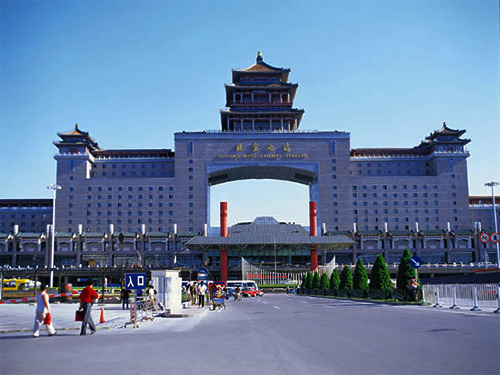
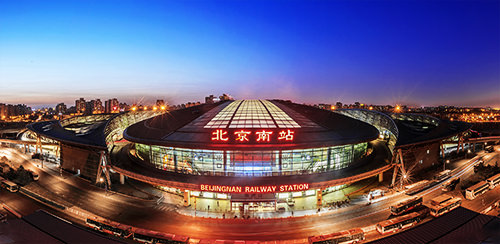
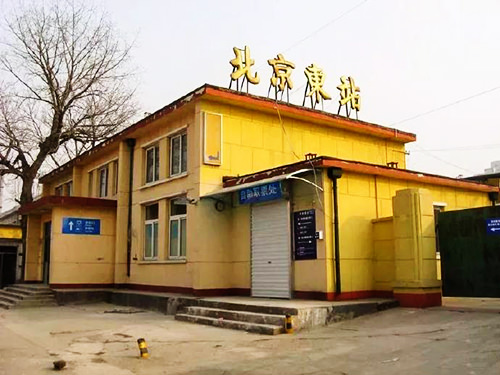

Metro Line 1: a west-east metro line mostly located under the Chang’an Street, passing by Xidan, Wangfujing, Dongdan, CBD, and other areas.
Metro Line 2: the first underground loop line in Beijing connecting Financial Street, Xizhimen, Beijing Railway Station, and more.
Metro Line 4: a north-south metro line in western Beijing, passing by Summer Palace, Old Summer Palace, Beijing Zoo, Zhongguancun, Xidan, Beijing South Railway Station and others.
Metro Line 5: a north-south metro line in eastern Beijing, connecting downtown Beijing and living communities like Tiantongyuan, Beiyuan, Songjiazhuang and more.
Metro Line 6: a west-east metro line in downtown Beijing, connecting the Yunhe Business Region of Tongzhou Xincheng, Changying, Dingfuzhuang, CBD, Financial Street, and inner city commercial centers and sights.
Metro Line 7: a west-east metro line in Beijing center, starting from Beijing West Railway Station and ending at Fatou Bianyuan Group.
Metro Line 8: a north-south metro line mostly located on the central axis of Beijing city. It’s divided into northern section and southern section. The northern section connects Changping Xincheng, Qinghe area, Huilongguan area, South Gate of Forest Park and Olympic Park. While the southern section connects Nanyuan area and Yinghai.
Metro Line 9: a north-south metro line that connects west Beijing and southwest Beijing.
Metrol Line 10: the second loop metro line, connecting Gongzhufen, Shijicheng Neighborhood, Zhongguancun, Olympic Park, CBD, Dahongmen, etc.
Metro Line 13: a upside U-shaped metro line that connects big living communities like Huilongguan, Tiantongyuan, Beiyuan, Wangjing and more.
Metro Line 14: a upside “L”-shaped metro line that connects south and east Beijing. For now, only the west section connecting Yongding River and Beijing International Garden Expo, and the eastern section connecting Chaoyang, Dongcheng, and Fengtai Districts were accessible.
Metro Line 15: a west-east metro line located in northern Beijing, mainly connecting Xuyuan Road, Olympic Park, Wangjing and Shunyi Xincheng.
Metro Line 16: a north-south metro line in western Beijing. The sections available now connect the downtown Beijing and Haidianshan areas.
Metro Batong Line: the extended line of metro Line 1, connecting downtown Beijing and Tongzhou District.
Metro Daxing Line: the extended line of metro Line 4.
Metro Yizhuang Line: the extended line of metro Line 5 towards southern Beijing.
Metro Fangshan Line: connecting downtown Beijing and Liangxiang of Fangshan district.
Metro Yanfang Line: the first automatic metro line independently researched and developed by China.
Metro S1 Line: connecting urban areas of Beijing and Yongding of Mentougou area.
Metro Changping Line: connecting urban Beijing and northern Changping Xincheng.
Metro Xijiao Line: connecting downtown Beijing and Xiangshan.
Capital Airport Rail: the dedicated line connecting downtown Beijing and Beijing Capital International Airport.
Daxing Airport Rail: the dedicated line connecting downtown Beijing and Beijing Daxing International Airport.
The bus system in Beijing is very developed. There are bus lines everywhere, covering both the urban areas and suburbs. There are regular buses, night buses, trams, and express buses. Bear in mind that the double-decker bus is just a kind of regular bus, not a special sightseeing bus. There are three special sightseeing bus lines in Beijing.
Tips: generally speaking, the inner-city buses are numbered below 200. The night buses are numbered from 201 to 299. The outer city buses are numbered over 300, and the suburban buses are above 900, which are often green buses.
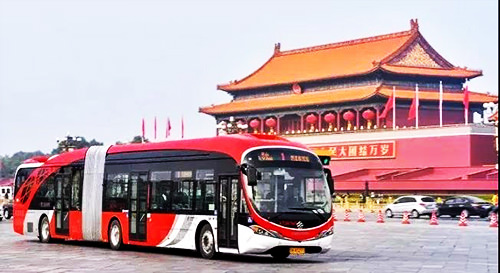
The fare of the Beijing bus is priced based on the length of your journey, starting from 2 RMB. If you use a municipal bus card, you will get a 50% discount. You will have to swipe your card on the special device twice, once when you get on the bus and once when you get off. In case you forget to swipe your card when you get off the bus, the fare will be deducted from your card the next time you use the card (no matter whether you take the same bus as previous), and the price will be calculated according to the highest ticket fee of the bus you forgot to pay the last time.
As an inland city, Beijing doesn’t have any port. The nearest port to Beijing is the Tianjin Port, which is about 170km from Beijing. If you happen to arrive in Tianjin port, we can still help you to get to Beijing.
5-Hour Layover Evening Tour to Beijing Downtown
Half-day Layover Tour to Mutianyu Great Wall
Copyright © 2019 Lily Sun China Tours International, Inc. Terms &conditions | Privacy Policy | Sitemap